
Researchers devise a new path toward ‘quantum light’
Researchers have theorized a new mechanism to generate high-energy ‘quantum light’, which could be used to investigate new properties of matter at the atomic scale.
By visiting our site, you agree to our privacy policy regarding cookies, tracking statistics, etc.

Researchers have theorized a new mechanism to generate high-energy ‘quantum light’, which could be used to investigate new properties of matter at the atomic scale.
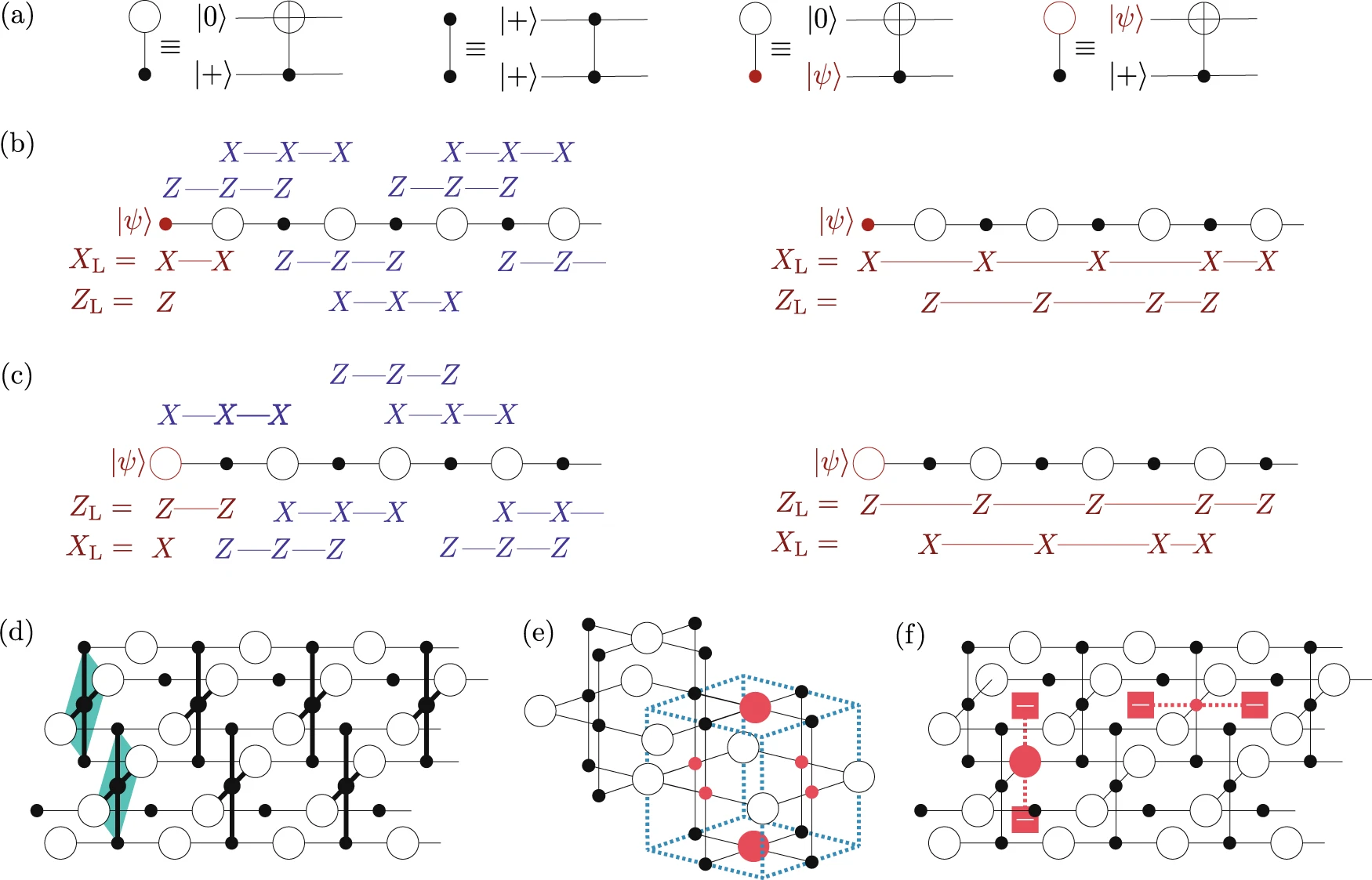
Fault-tolerant cluster states form the basis for scalable measurement-based quantum computation. Recently, new stabilizer codes for scalable circuit-based quantum computation have been introduced that have very high thresholds under biased noise where the qubit predominantly […]

Researchers have developed a new method for manipulating information in quantum systems by controlling the spin of electrons in silicon quantum dots. The results provide a promising new mechanism for control of qubits, which could pave the way for the development of a practical, silicon-based quantum computer.

In the global push for practical quantum networks and quantum computers, an international team of researchers has demonstrated a leap in preserving the quantum coherence of quantum dot spin qubits.

In a new breakthrough, researchers have solved a problem that has caused quantum researchers headaches for years. The researchers can now control two quantum light sources rather than one. Trivial as it may seem to those uninitiated in quantum, this colossal breakthrough allows researchers to create a phenomenon known as quantum mechanical entanglement. This in turn, opens new doors for companies and others to exploit the technology commercially.
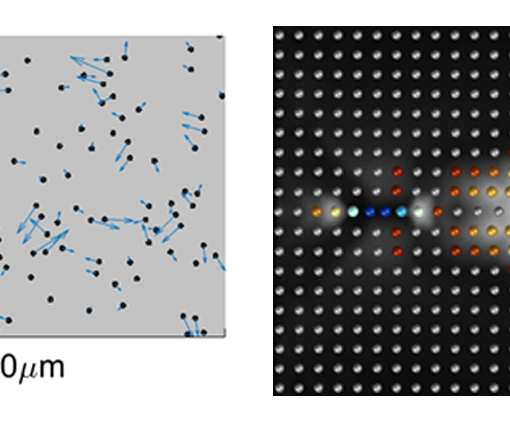
Quasiparticles — long-lived particle-like excitations — are a cornerstone of quantum physics, with famous examples such as Cooper pairs in superconductivity and, recently, Dirac quasiparticles in graphene. Now, researchers have discovered quasiparticles in a classical system at room temperature: a two-dimensional crystal of particles driven by viscous flow in a microfluidic channel. Coupled by hydrodynamic forces, the particles form stable pairs — a first example of classical quasiparticles, revealing deep links between quantum and classical dissipative systems.

In the endeavor to make quantum computers a reality, integrated superconducting circuits have become a promising architecture. A major challenge of this approach is decoherence originating from spurious atomic tunneling defects at the interfaces of […]

Quantum dots placed along a vibrating nanotube provide a quantum simulation platform that can directly address the electron-phonon interaction. This offers promising prospects for the search of new quantum materials and the study of strong […]
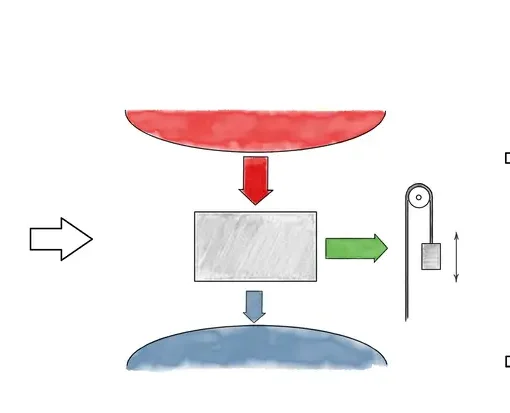
When two microscopic systems are entangled, their properties are linked to each other irrespective of the physical distance between the two. Manipulating this uniquely quantum phenomenon is what allows for quantum cryptography, communication, and computation. While parallels have been drawn between quantum entanglement and the classical physics of heat, new research demonstrates the limits of this comparison. Entanglement is even richer than we have given it credit for.
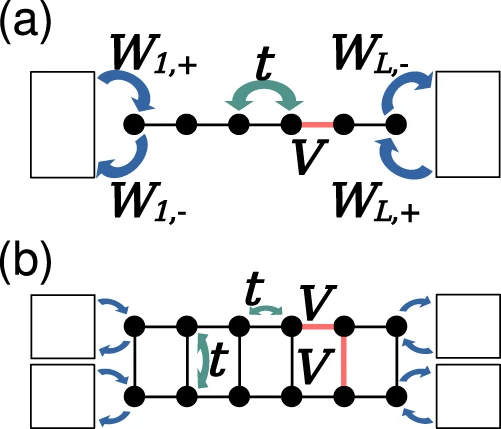
Quantum information-based approaches, in particular the fidelity, have been flexible probes for phase boundaries of quantum matter. A major hurdle to a more widespread application of fidelity and other quantum information measures to strongly correlated […]
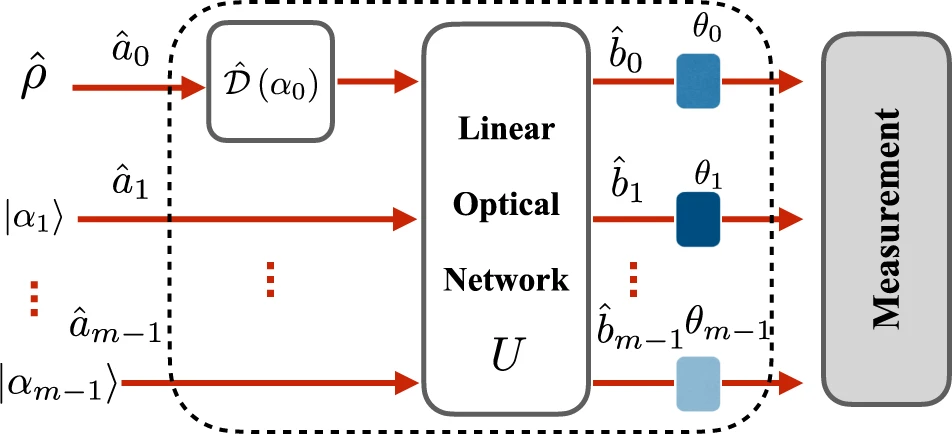
It is well-known that the precision of a phase measurement with a Mach-Zehnder interferometer employing strong classic light can be greatly enhanced with the addition of weak nonclassical light. In the context of quantifying nonclassicality, […]
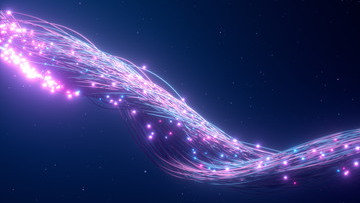
Optical fibres are the backbone of our modern information networks. From long-range communication over the internet to high-speed information transfer within data centres and stock exchanges, optical fibre remains critical in our globalised world.

Heat and computers do not mix well. If computers overheat, they do not work well or may even crash. But what about the quantum computers of the future? These high-performance devices are even more sensitive to heat. This is because their basic computational units — quantum bits or “qubits” — are based on highly-sensitive units, some of them individual atoms, and heat can be a crucial interference factor.
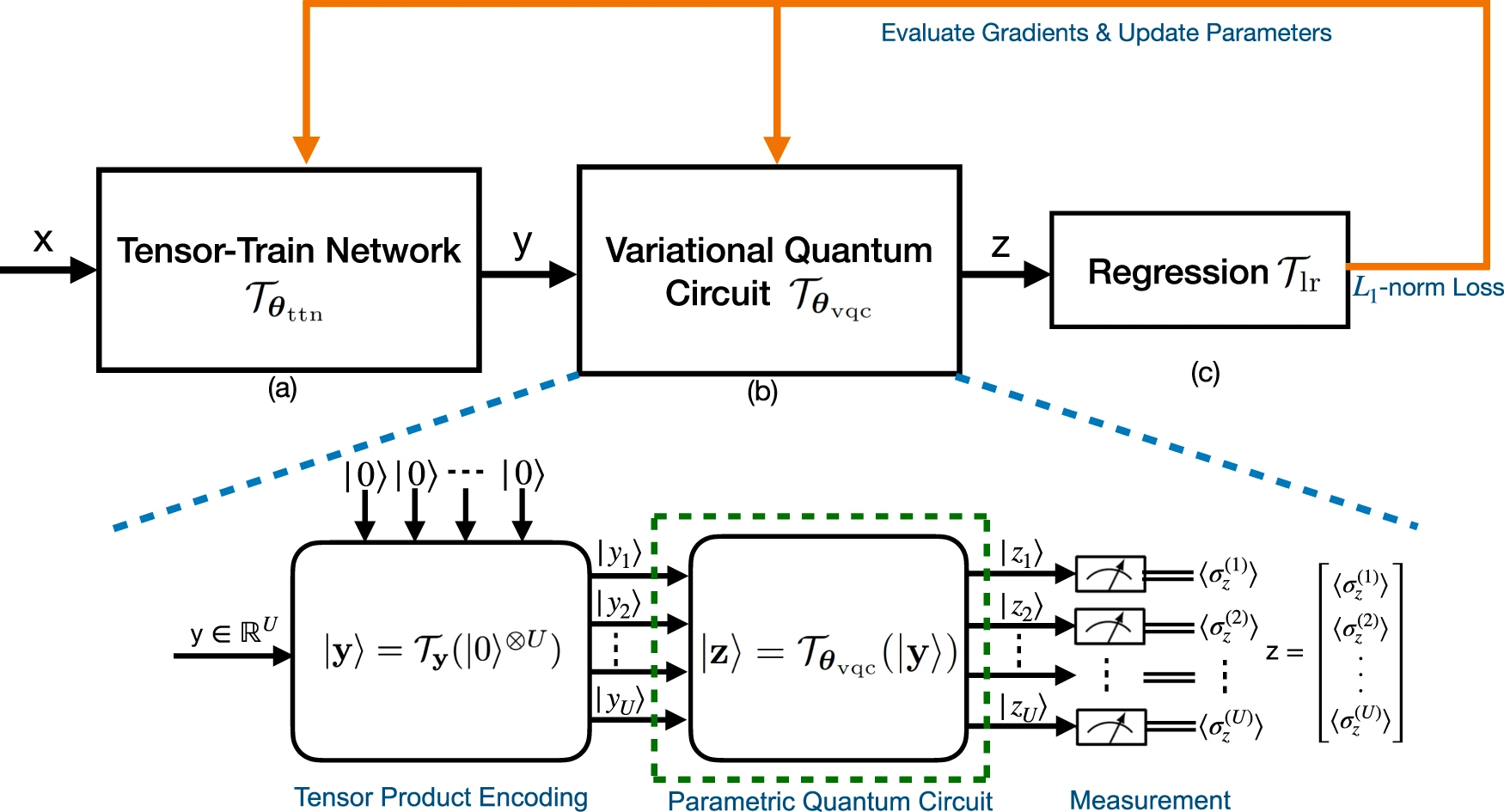
The noisy intermediate-scale quantum devices enable the implementation of the Variational Quantum Circuit (VQC) for Quantum Neural Networks (QNN). Although the VQC-based QNN has succeeded in many machine learning tasks, the representation and generalization powers […]

Boson Sampling is a task that is conjectured to be computationally hard for a classical computer, but which can be efficiently solved by linear-optical interferometers with Fock state inputs. Significant advances have been reported in […]
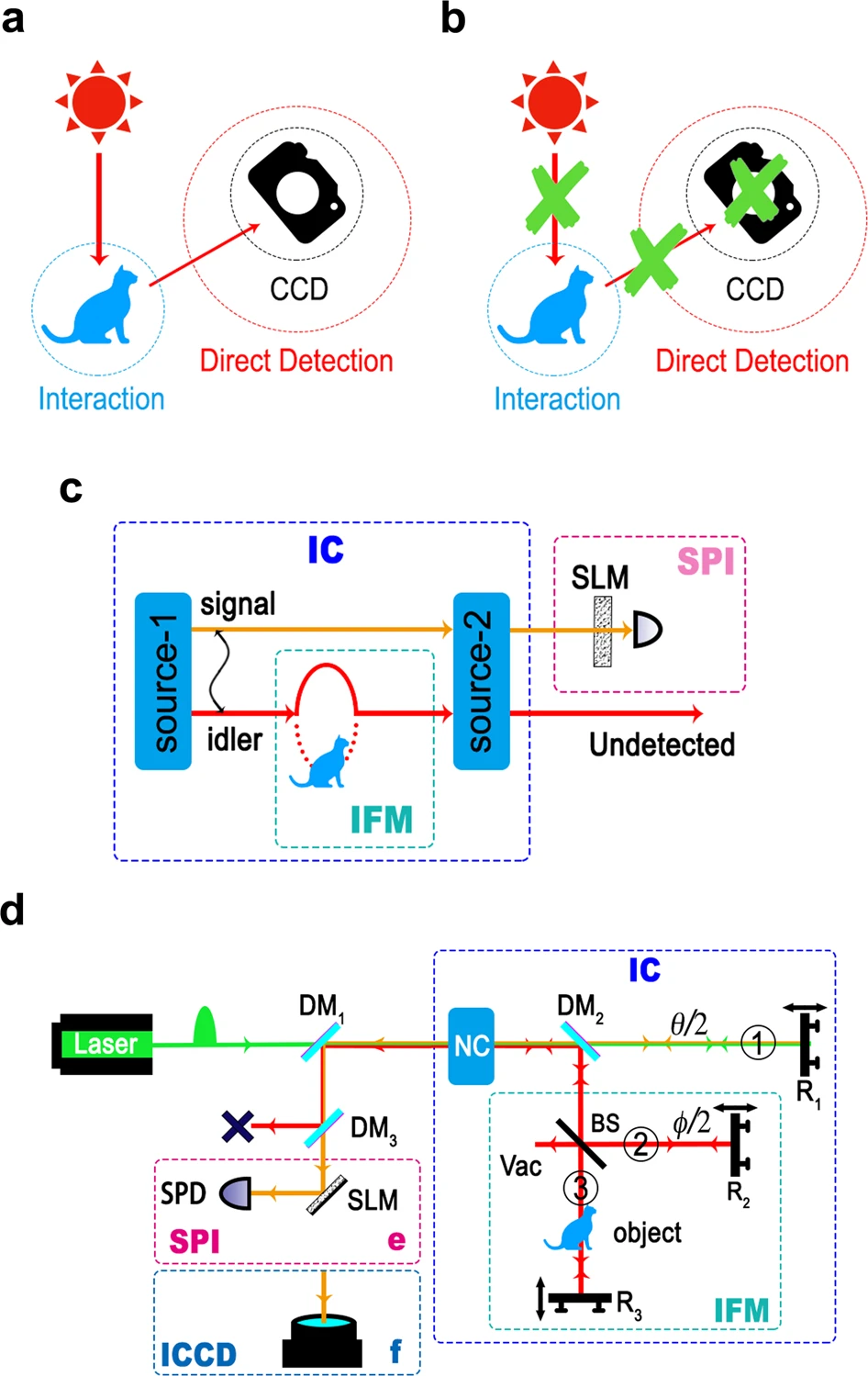
A typical imaging scenario requires three basic ingredients: (1) a light source that emits light, which in turn interacts and scatters off the object of interest; (2) detection of the light being scattered from the […]

In this paper, researchers propose a scheme for scalable and robust quantum computing on two-dimensional arrays of qubits with fixed longitudinal coupling. This opens the possibility for bypassing the device complexity associated with tunable couplers […]

Researchers have demonstrated an architecture that can enable high fidelity and scalable communication between superconducting quantum processors. Their technique can generate and route photons, which carry quantum information, in a user-specified direction. This method could be used to develop a large-scale network of quantum processors that could efficiently communicate with one another.

A versatile magnetometer must deliver a readable response when exposed to target fields in a wide range of parameters. Researchers have experimentally demonstrated that the combination of 171Yb+ atomic sensors with adequately trained neural networks enables […]

Optically levitated nanoparticles emerged as an interesting platform for probing fundamental physics. Quantum control of their motion (including potential shaping) predisposes them for emulating various physical systems and studying quantum phenomena with massive objects. Extending […]

Spin systems are an attractive candidate for quantum-enhanced metrology. Scientists have developed a variational method to generate metrological states in small dipolar-interacting spin ensembles with limited qubit control. For both regular and disordered spatial spin […]
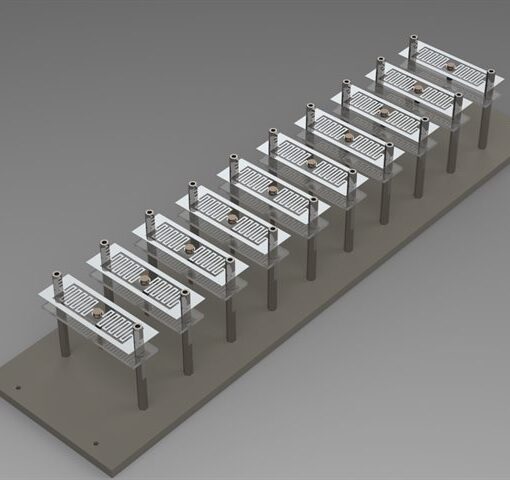
Much of modern electronic and computing technology is based on one idea: add chemical impurities, or defects, to semiconductors to change their ability to conduct electricity. These altered materials are then combined in different ways to produce the devices that form the basis for digital computing, transistors, and diodes. Indeed, some quantum information technologies are based on a similar principle: adding defects and specific atoms within materials can produce qubits, the fundamental information storage units of quantum computing.

Quantum dots are normally made in industrial settings with high temperatures and toxic, expensive solvents — a process that is neither economical nor environmentally friendly. But researchers have now pulled off the process at the bench using water as a solvent, making a stable end-product at room temperature. Their work opens the door to making nanomaterials in a more sustainable way by demonstrating that protein sequences not derived from nature can be used to synthesize functional materials.
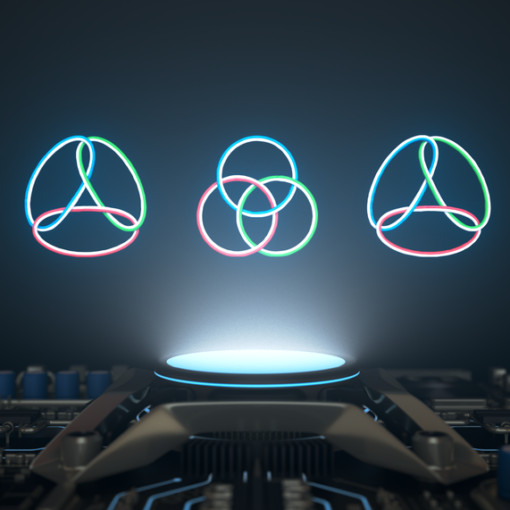
Scientists have shown how three vortices can be linked in a way that prevents them from being dismantled. The structure of the links resembles a pattern used by Vikings and other ancient cultures, although this study focused on vortices in a special form of matter known as a Bose-Einstein condensate. The findings have implications for quantum computing, particle physics and other fields.
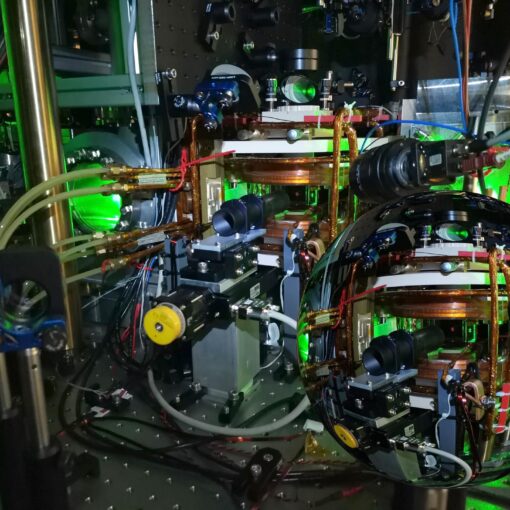
In a laboratory experiment, researchers have succeeded in realizing an effective spacetime that can be manipulated. In their research on ultracold quantum gases, they were able to simulate an entire family of curved universes to investigate different cosmological scenarios and compare them with the predictions of a quantum field theoretical model.
